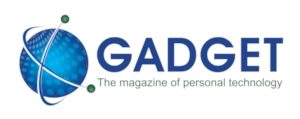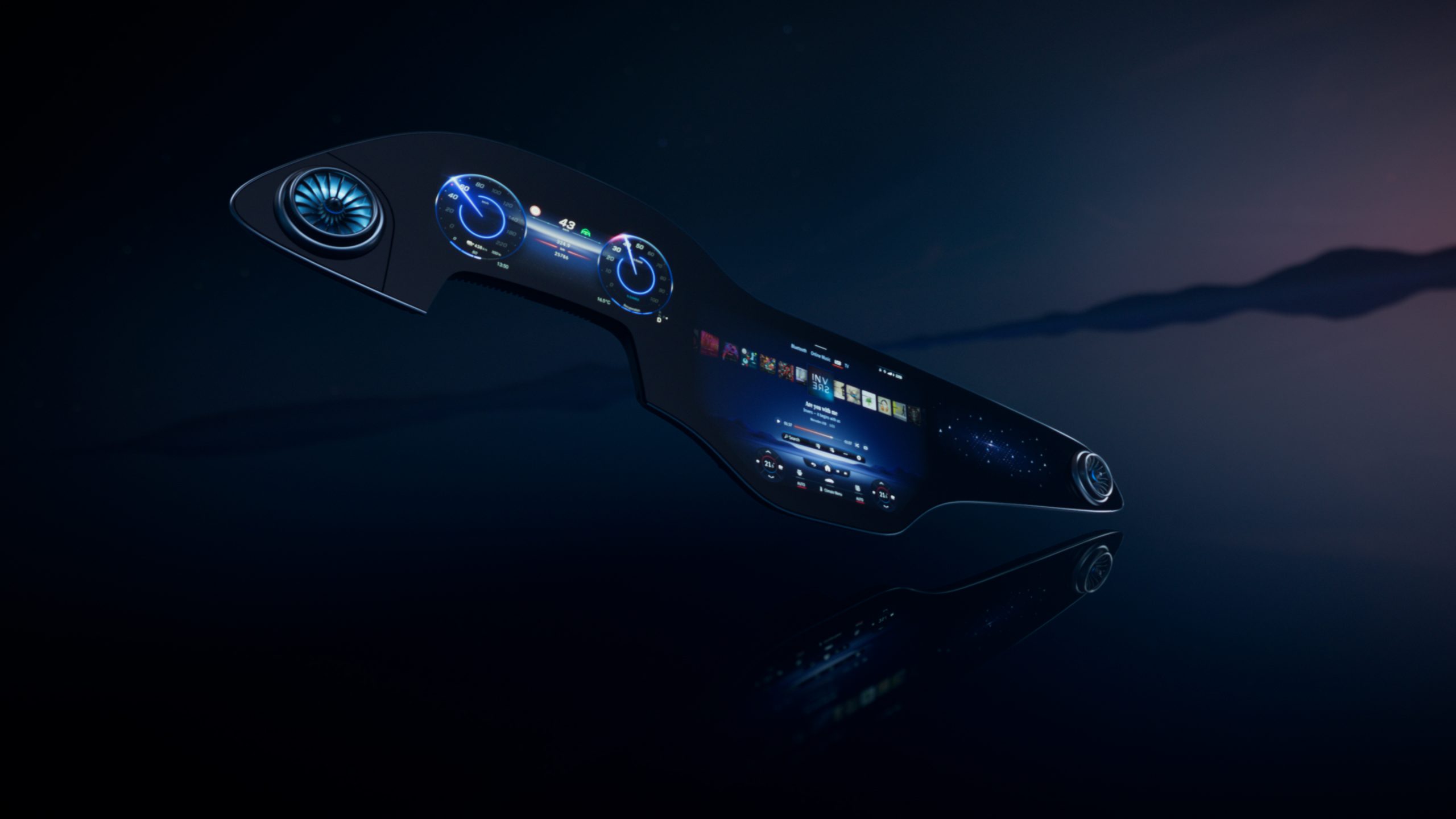Featured
CES 2021: Merc reveals Hyperscreen display
At CES 2021, Mercedes-Benz unveiled an expansive new instrument cluster, infotainment system and passenger display that will be in its flagship electric vehicle by Q4 2021, writes SIBUSISO SIMAMANE.
Share
- Click to share on Twitter (Opens in new window)
- Click to share on Facebook (Opens in new window)
- Click to share on LinkedIn (Opens in new window)
- Click to email a link to a friend (Opens in new window)
- Click to share on Reddit (Opens in new window)
- Click to share on WhatsApp (Opens in new window)
- Click to share on Pinterest (Opens in new window)
Mercedes-Benz has unveiled a new Hyperscreen, based on the MBUX (Mercedes-Benz User Experience) multimedia system, at the virtual Consumer Electronics Show (CES) 2021. The expansive arrangement of displays will debut in its flagship EQS electric vehicle that will be unveiled towards the end of 2021.
The Hyperscreen is the largest screen array yet in a series production Mercedes and consists of three large displays: the instrument cluster for the driver, main infotainment screen in the centre, and passenger display for those in the front passenger seat. The displays are accommodated under one single curved piece of Gorilla Glass that spans 141 cm from one side of the vehicle to the other.
The glass consists of 12 actuators, which provide haptic feedback to users as they interact with the screens. It also has two coatings applied to reduce reflections and make cleaning easier, since it will attract a lot of fingerprints. The glass is infused with aluminium silicate to increase scratch resistance and has breaking points along the side outlet openings, which give in a pre-determined way in a crash to avoid injury from the Hyperscreen.
Underneath the glass, the infotainment and passenger screens are OLED displays for clearer, more vibrant displays in bright sunlight conditions. An improvement of the company’s MBUX system implements a new design direction, which it calls “Zero layer”. It aims to provide a home screen that features dynamic, aggregated content from the entire MBUX system and related services, which are displayed under a prominent map. The map also has “Mercedes travel knowledge”, which uses the car’s position on the map to give users information about the area they are in. When they ask the voice assistant about the area, the car acts as a travel guide.
The system is augmented by artificial intelligence (AI), which is how it aims to learn the patterns of the user, then displays the appropriate options at the right time to the user. The MBUX system processes many datasets such as the position of the vehicle on the map, the temperature, time, and other factors to aid in providing the correct content.
MBUX allows for 7 profiles to be stored, which allows different drivers and passengers to save their profile set-up of the MBUX Hyperscreen without modifying another user’s settings and preferences. Mercedes calls the user-interface “Zero layer” because it claims that, to get to the most important applications, the user will have to scroll through zero menu levels.
The instrument cluster builds on the introductions made in the new 2021 S-Class, which includes 3D technology to create a layered experience, providing the driver with essential information in the foreground, and less useful information in the background.
The technical specifications of the Hyperscreen include:
- 8 CPU cores.
- 24-gigabytes of RAM.
- 46.4 GB per second RAM bandwidth.
- 1 multifunction camera and 1 light sensor to adjust screen brightness.
- Passenger display has screen technology which prevents the driver from seeing content consumed, minimising distractions.
Share
- Click to share on Twitter (Opens in new window)
- Click to share on Facebook (Opens in new window)
- Click to share on LinkedIn (Opens in new window)
- Click to email a link to a friend (Opens in new window)
- Click to share on Reddit (Opens in new window)
- Click to share on WhatsApp (Opens in new window)
- Click to share on Pinterest (Opens in new window)
| Thank you for Signing Up |

















